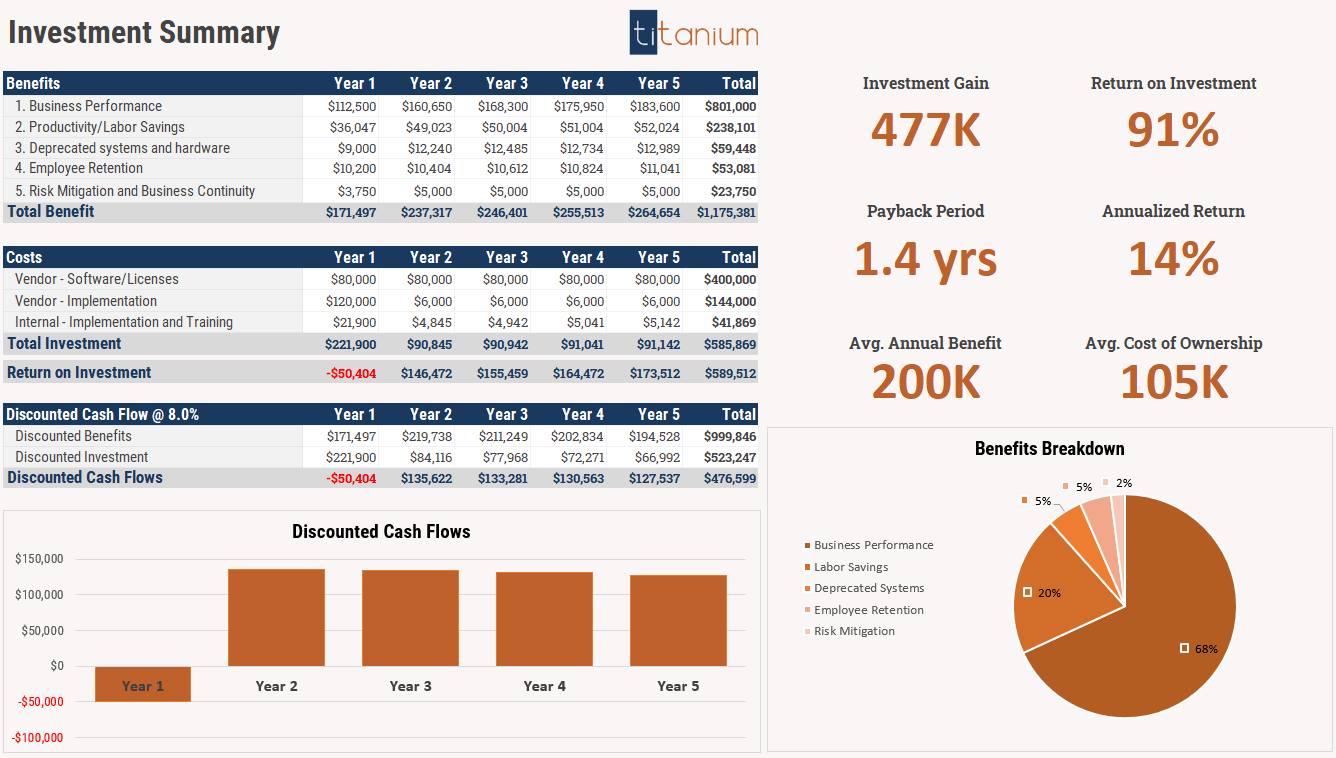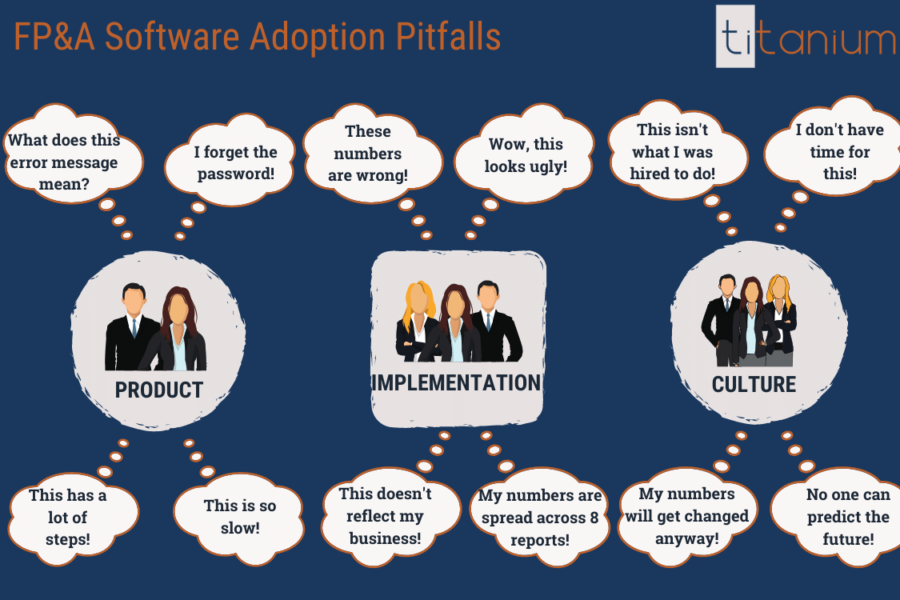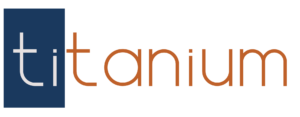“The benefits of increasing sales or reducing costs through an effective FP&A software deployment are staggering, with the potential to pay back the initial investment many times over”
ROI on FP&A software
If you’re considering an investment in FP&A software, you may have put together a business case for it. You may have also found that calculating ROI on FP&A software can be challenging. Many of the benefits are hidden or hard to quantify. Hard-to-quantify aspects shouldn’t mean we ignore them, it just means our job is a little harder and we need to spend more time scrutinizing assumptions.
Is FP&A Software a good investment? The answer depends on your unique circumstances. This post covers the methodology to determine your true ROI and identifies 5 ways to make your case.
Feel free to download our ROI Calculator and follow along or use it for your own business case.
Set the Stage
Let’s suppose we’re a publicly traded food manufacturing company that does 500MM in revenue, with COGS of 350MM and other operating expenses of 120MM.
We’re looking for a software platform that will handle our financial reporting and quarterly forecasting for the next 5 years. We have 3 finance members who will administer the system. We have 50 department managers who will consume reports and enter forecasts. Our planning process is done entirely offline in Excel. Our financial reporting is driven by an ERP module that costs $12,000 per year.
Through a time-study, we’ve determined that we lose about 120 hours per year per finance admin to low-value number crunching and manual tasks associated with the monthly reporting and quarterly forecasting processes. We’ve also determined we lose about an hour per month for each department manager, through managing different versions of files and sending and receiving requests through finance.
The Costs
We’ve talked to a number of vendors and have a good idea about hard costs; usually a subscription fee and an implementation fee at a minimum. It’s important we make sure to capture any hidden or unknown costs as well. For instance, does the vendor charge additional fees based on usage? Is there a hosting charge outside of the base subscription? We’re expecting all-in costs for year 1:
Annual Software Costs: $80,000
Implementation Costs: $120,000 (and implementation will take 3 months)
To be fair, we should also factor in the time the team will spend during the implementation. The amount of time depends on a few factors:
- How simple is the product to learn?
- Does your team have any exposure to this type of software in the past?
- How strong a grasp does the vendor have on your subject matter? (strong grasp = fewer questions and chance of misunderstanding)
- How self-sufficient do you want to be?
The vendor can give you guidelines around some of this. But lets assume:
- 3 admins take 24 hours of product training each and then spend an average of 56 hours each over the rest of the project to develop and validate the system.
- 50 department heads spend 3 hours each on end-user training and change management meetings.
- a few subject matter experts within the organization contribute their insights and
Year-1 internal deployment costs: $21,000
To be safe, we should also assume we’ll need occasional training and services in the years 2-5 as roles or business requirements change.
Total costs over a 5-year period :

The Benefits
We can categorize the benefits into 5 broad categories:
- Business Performance
- Productivity/Labor Savings
- Deprecated systems and hardware
- Employee Retention
- Risk Mitigation and Business Continuity
Benefit #1: Improved Business Performance
This can be the hardest to quantify but is also the main reason for bringing in FP&A software. The software makes everything easier and you can realize benefits from (1) shortened planning cycles and increased frequency or (2) added capabilities that were impossible or impractical before.
Using an FP&A platform makes everything easier. Plans that might have taken weeks to create in the past may be generated in mere days. What is that worth? There are many possibilities and ways of looking at this, and these can be very personal depending on your industry and company. I’ll throw out a few for our fictional food manufacturing company:
Increasing Revenue. Our forecasting becomes accurate and frequent enough to help drive pricing. If we can quickly see that we’re forecasting under our production capacity for one of our locales, we can quickly get the word out to the sales team who can put promotions in place. This directly contributes to our gross margin. Another way of looking at it might be our CapEx. If we can forecast a plant being overcapacity far enough in advance, we can speed up our roll-out of new machinery and equipment so that we’re ready when the demand comes in.
Reducing cost-of-sales. If we develop a strong forecasting cadence and tighten up accuracy, we can reduce inventory on-hand and the amount of corresponding spoilage. We can make sure we have the right staffing in our plants and reduce risk of over-staffing. We can start planning our bill-of-materials and identify which ingredients we can buy in bulk to get better discounts from our vendors.
Reducing other expenses. If our department heads can review their expenses every month and drill into the underlying transactional details, how much could we tighten up on excess expense? Tying this with an organizational culture that rewards good financial stewardship, we’ll be able to eradicate inefficiencies.
At the end of the day, even if all we can claim is a 0.1% increase in our sales, that’s still an annual benefit of $150,000 on our gross profit of 150MM
Benefit #2: Labor/Productivity Savings
Labor savings are often the primary driver for bringing in a new system. The traditional offline Excel process is tedious and inefficient:
- Manually extracting the trial balance and copying it into the financial reports
- Creating a unique department spreadsheet for each end-user
- E-mailing forecast sheets out and trying to keep track of who is still outstanding
- Cumbersome aggregation and consolidated reporting to bring it all together
- And for end-users, time wasted requesting information from the Finance team or trying to track down the latest version of their plan
Your FP&A software reduces or completely removes the labor associated with these.
The best method is to think in terms of general labor savings. How many hours per month will you be able to save for your key staff? If you can save them 20 hours per month, that is new time that they can dedicate to other things that are being neglected.
If we consider our manufacturing example:
We have 3 administrators saving 10 hours per month x $50/h burden = $18,000 annual savings
50 business contributors saving 1 hour per month x $50/h = $30,000 annual savings
Benefit #3: Deprecated Systems and Hardware
FP&A software can be very flexible and can consolidate data into one place. Here we ask what software is now made redundant or unnecessary if we bring the software in.
- Replacement of a legacy FP&A investment. Realize savings if you invested in an FP&A solution in the past and it has become obsolete or is no longer a good fit for your organization.
- Financial Reporting. Since ERP’s tend to be weak for financial reporting, a number of ERP bolt-ons and reporting solutions exist on the market and may be redundant for us.
- BI or data visualization tools. Usually an FP&A solution is a complement to an existing BI deployment, but in some circumstances you may consider it a replacement if the current deployment is under-developed.
- IT-supported integration processes. Since FP&A software can often be used to consolidate systems together into one place, it can minimize the amount of data transfer between systems.
When divesting in software, consider three areas:
- The subscription or maintenance cost of the software
- Any hardware you can decommission
- Any regular labor savings that goes into supporting the software or hardware
In our manufacturing example, we have a financial reporting package that we no longer need.
Savings to remove Financial Reporting tool: $12,000 annually
Benefit #4: Employee Retention
I think this is one of the more overlooked elements of bringing in FP&A software. In many cases, your key staff will see a new system as a perk. A modern knowledge worker usually isn’t too thrilled with repetitive number crunching or trying to keep track of which e-mailed version of a file is the correct one. Having the opportunity to remove the tedious parts of the job and learn a new skill is a big win!
We have to ask ourselves one question. If we stay with the status quo, how much more likely is it that one of our key staff will leave?
Let’s say it’s 10%. From there, it’s not that hard to calculate the dollar impact. Conservatively it might cost $10,000 to hire a replacement (job boards, HR’s time, interviewer’s time), and then another $23,000 in unproductive wages while they ramp up as a new employee and for the existing staff who will help train them.
$33,000 x 3 admins x 10% = $10,000 annual benefit from better employee retention.
Benefit #5: Business Continuity and Risk Mitigation
What is the ROI on a term life insurance policy? Since life insurance companies operate at a profit, it’s safe for us to say that on average we’re getting a negative return. Yet we rarely fret over this. To many people it’s still worth it; we’re trading dollars for safety and assurance that things will be ok.
You can apply this similarly to FP&A software. If you’re a public company, what is the potential impact to your reputation if material mistakes end up in your annual report? What is the impact of over-estimating revenue guidance for the upcoming quarter due to a planning process that lacks detail? What are the chances of legal liability if the team makes a mistake through the manual process they go through today?
To look at this another way, how robust is your current system and is there a chance of complete failure? I’ll give an example. A while back I was working with a customer that handled their full revenue and COGS forecast in a single Excel file. I knew the clock was ticking for them when I first opened the 30 megabyte file and it took about 90 seconds to open. Is your current process working towards a doomsday event where you simply cannot continue with the legacy methods? And what is that worth?
Lastly, do we have any critical business processes that are tied to individual people or to undocumented tribal knowledge across the team? What happens if they leave? An FP&A system can help to institutionalize knowledge before it walks out the door.
What is the dollar impact of a negative event? Let’s say it’s $500,000.
How much more likely is that event to occur if you maintain the status quo? Even if we only agree it’s 1% more likely to happen, that’s still $5,000 annually that we may want to include in our business case.
Is it worth it?
If we bring all these benefits together:

We see a very favorable 500K return based on these assumptions. These results translate into:
- 86% return on investment
- 13% annualized return over the 5 year horizon
- Payback period of about 1.4 years
While all five categories have merit, the ability to improve business performance is the highest-impact lever for scoring a huge win with the software investment. The benefits of increasing sales or reducing costs through an effective software deployment are staggering, with the potential to pay back the initial investment many times over. While many business cases are strong based on labor and headcount savings alone, tying the system back to company performance is where the highest multipliers are obtained.
A few other caveats:
- Notice that we reduce the benefits in year 1 to account for our 3 month implementation timeline.
- We need to consider the time-value of money so the final investment decision should use discounted cash flows (included in our calculator)
- We should consider that the company sales and expenses will change over the 5 years, giving us a different return on our business performance line
- We should consider wage inflation and any other exceptions over the 5 year period
To conclude, it’s important to acknowledge that there is likely going to be a level of subjectivity when putting this together. If you’re skeptical with the business performance component, for instance, start with the basics: Will implementing the system help reduce costs, increase costs, or have no effect?
And if the answer is that it likely reduces cost, that’s progress: the system will provide a benefit better than zero. And if the benefit is greater than zero, why wouldn’t we consider including that in the analysis?





